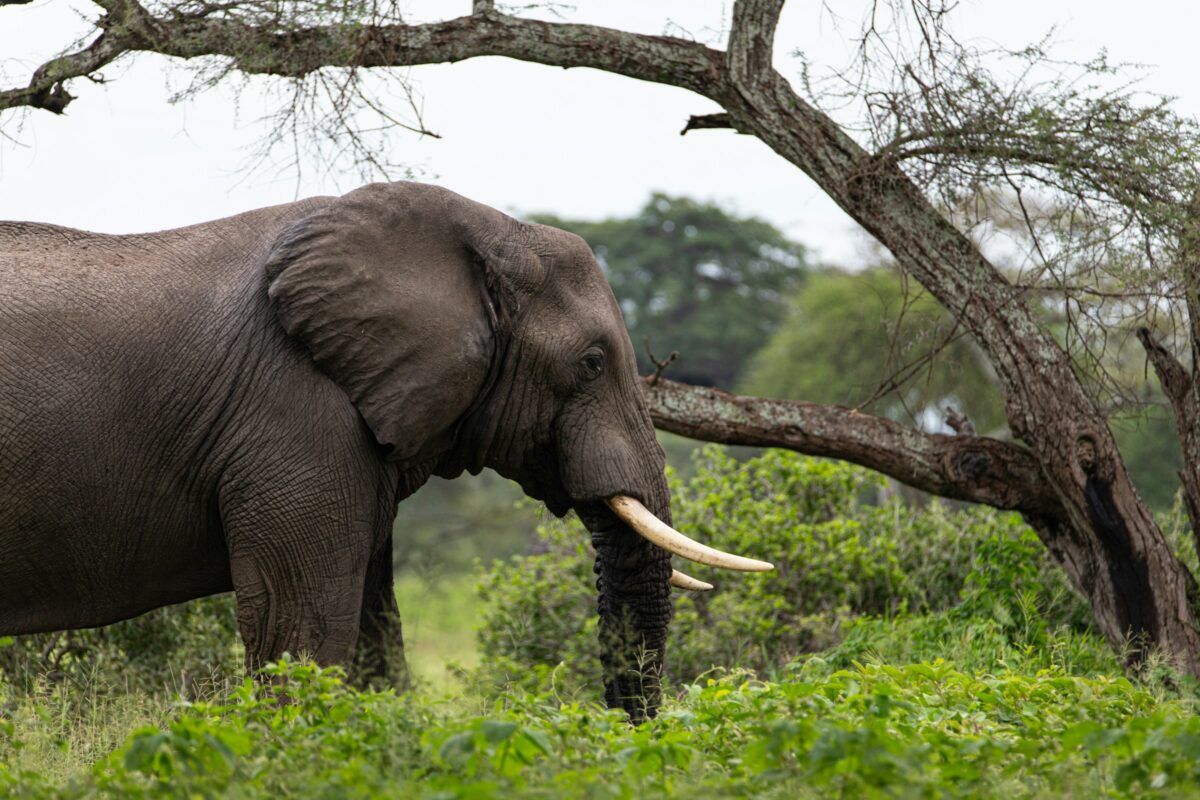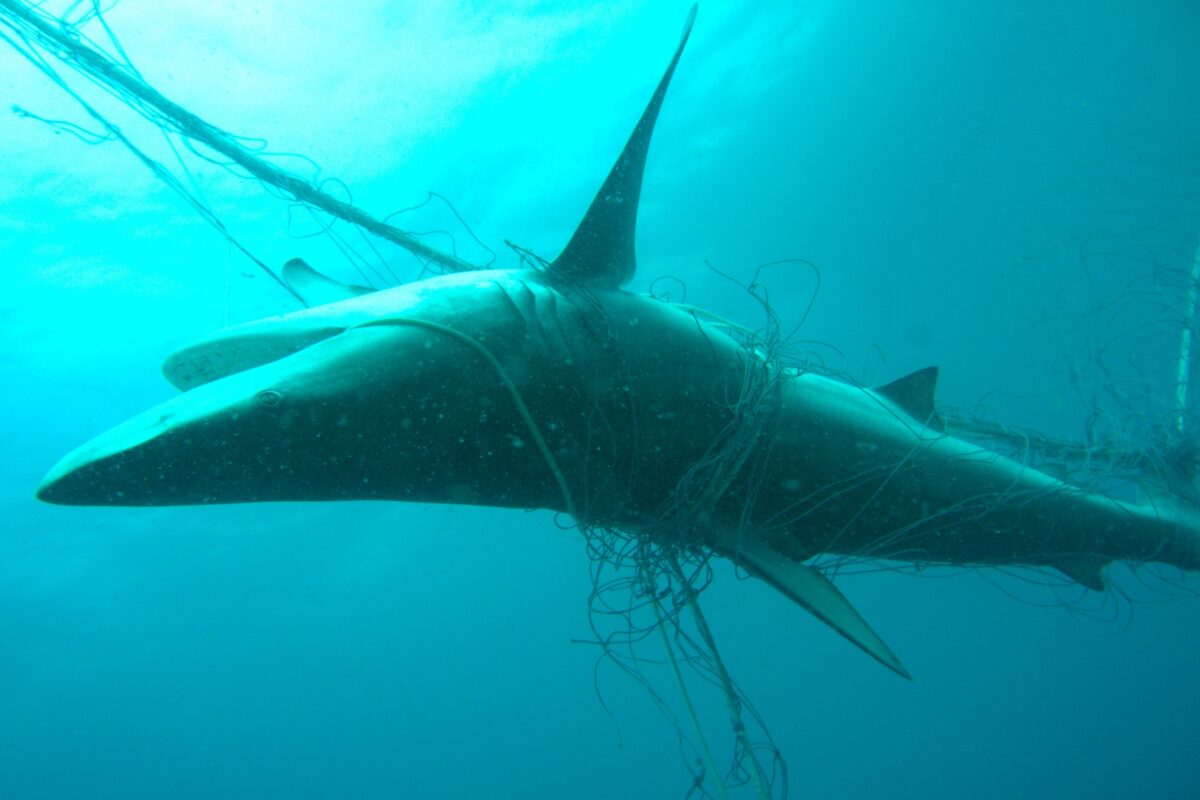- A camera trap has captured video of an elephant for the first time in six years in Senegal’s Niokolo-Koba National Park, reviving hopes that the species may still survive in the park after their near disappearance due to poaching and habitat loss.
- Ousmane, a hybrid of African forest and savanna elephants, is the first confirmed sighting since 2019, sparking discussions about reintroducing a small herd to reestablish a breeding population.
- Ongoing conservation efforts, including more than $6 million in investment and strengthened antipoaching patrols, have helped wildlife populations in Niokolo-Koba recover, leading to its removal from UNESCO’s World Heritage in Danger List in 2024.
For the first time in six years, an elephant was seen in Senegal’s Niokolo-Koba National Park. Grainy black-and-white footage shows Ousmane, a bull 35 to 40 years old named after a park ranger, in the forest at night, stopping to look at the camera trap that recorded his presence.
Ousmane hadn’t been seen since 2019. At the time, just five to 10 elephants remained out of the hundreds that once roamed there.
With no recorded sightings for years, conservationists questioned whether any were left there. “[This video] reignited hope that elephants are in the park,” said Philipp Henschel, regional director for West Africa and Central Africa for the conservation nonprofit Panthera, which installed the cameras in Niokolo-Koba National Park in partnership with Senegal’s National Parks Directorate. “He might not be the last elephant currently alive in this ecosystem.”
Henschel added that Ousmane is a hybrid, his ancestry a mix of critically endangered African forest elephant (Loxodonta cyclotis) and savanna elephant (Loxodonta africana).
Ousmane, the bull elephant that was captured by the camera trap in Niokolo-Koba National Park recently. Video courtesy of Panthera & Senegal’s National Parks Directorate (DPN)
Elephants’ demise across the region, and the continent, began during the colonial era. Intensive poaching for ivory, combined with disappearing habitat, decimated West African herds. Niokolo-Koba’s elephants were hit hard, dwindling from a few hundred in the 1960s to fewer than 10. Other wildlife numbers also declined so dramatically that UNESCO added Niokolo-Koba to the World Heritage in Danger List.
But conservation and monitoring programs launched in 2011 by Senegal’s National Parks Directorate and Panthera have transformed Niokolo-Koba’s 9,000-square-kilometer (3,500-square-mile) area into a haven for many species. The savannas and dense forests of the park provide critical habitat in one of Africa’s most densely populated regions.
This vast, diverse landscape shelters one of the last two West African lion (Panthera leo) populations and is among the last strongholds for critically endangered western chimpanzees (Pan troglodytes verus) and western giant eland (Tragelaphus derbianus derbianus). It’s home to the region’s largest remaining leopard (Panthera pardus) population and endangered African wild dogs (Lycaon pictus). In 2024, Panthera’s cameras captured an endangered giant pangolin (Smutsia gigantea) for the first time in a quarter-century.
Ousmane’s appearance has revived hope that elephants might again call this park home and has sparked discussions about the possibility of translocating a small herd to create a breeding population there.
“Which is why this observation of this individual was so important,” Henschel said. “It shows us to really never give up hope on these extremely rare species.”
Panthera’s investment of more than $6 million, combined with focused antipoaching efforts by forest rangers, has begun to show success: the park was removed from the World Heritage in Danger List in 2024, and conservationists can’t wait to see what the future holds.
“Watch this space,” Henschel said. “We’re still searching … within a year or two, we have more good news.”
Banner image: A forest elephant, not from Senegal. Image for representaion purpose by Glen Michaelsen via Unsplash (Public domain).
Humans are biggest factor defining elephant ranges across Africa, study finds
FEEDBACK: Use this form to send a message to the author of this post. If you want to post a public comment, you can do that at the bottom of the page.



